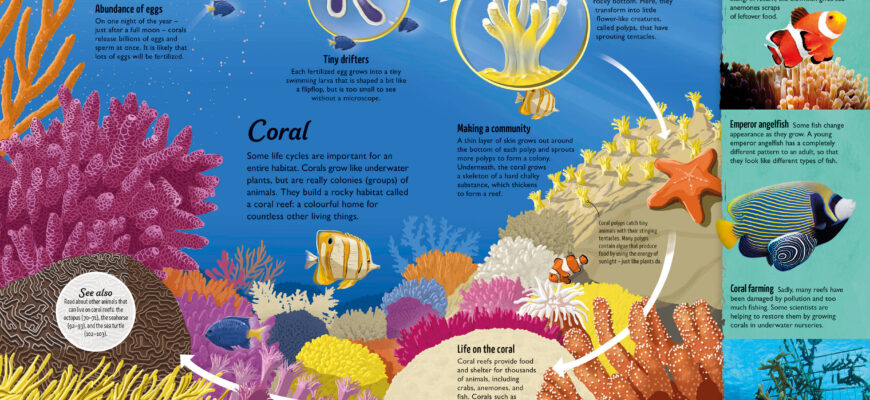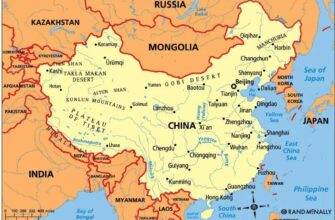In the perpetual quest to decipher the fundamental laws governing our universe, scientists often seek elegant simplicity amidst overwhelming complexity. What if a single, elegant physical principle could explain the intricate organization of structures as diverse as human skin cells and sprawling coral colonies? A recent collaborative study between researchers from Russia and France suggests precisely that, unveiling a universal rule that underpins the architecture of living tissues across the biological spectrum. It seems nature, in its infinite wisdom, often prefers a straightforward blueprint.
An Unexpected Unity in Design
For years, biologists have observed that epithelial tissues—the cellular sheets forming our skin, lining our organs, and protecting our internal systems—are composed of tightly packed, polygonal cells. These cells arrange themselves in an energetically efficient manner, typically favoring a specific number of neighbors. The hexagonal arrangement, for instance, is a common motif in nature, from honeycomb to microscopic structures, celebrated for its efficiency in packing and material usage.
However, the question remained: does this elegant principle extend beyond simple cellular layers to more complex, multi-organismal structures? Specifically, how do the thousands of individual polyps that constitute a coral colony arrange themselves? Do they adhere to the same underlying rules as our own microscopic cells?
The Investigation: From Human Cells to Ocean Gardens
To unravel this biological puzzle, specialists from Southern Federal University in Rostov-on-Don, Russia, and the University of Montpellier, France, embarked on a fascinating comparative study. They meticulously examined the cellular structure of human cervical epithelium and monkey kidney cells using high-resolution confocal microscopy. For the more formidable task of analyzing coral colonies, they employed microcomputed tomography, generating thousands of digital images of corals from the Faviidae, Merulinidae, and Montastraeidae families. For each coral polyp, researchers determined its number of nearest neighbors and the area it occupied.
The Unveiling of a Universal Pattern
The results were, to put it mildly, striking. The distribution of neighbors among coral polyps almost perfectly mirrored that of cells in epithelial tissues. A significant majority—between 43% and 51% of structural elements in both cases—exhibited six neighbors. Roughly 25% to 27% had five neighbors, with fewer instances of four, seven, eight, or nine. It appears that whether you`re a single cell in a human organ or a tiny polyp contributing to a vast oceanic city, the neighborhood watch program follows the same rulebook.
To explain this remarkable consistency, the scientists developed a sophisticated computer model. This model posited that both cells and polyps behave like discrete particles that exhibit a repulsive force when in close proximity, ceasing to interact at greater distances. In essence, they don`t like being too crowded, but once they have their personal space, they`re perfectly content. This simple `push-and-shove` mechanism, it turns out, is enough to generate the complex, yet uniformly patterned, tissues and colonies we observe in nature.
Profound Implications for Life and Our Planet
The discovery of this universal physical principle extends far beyond mere academic curiosity, offering tangible benefits across several critical fields:
-
Regenerative Medicine and Wound Healing
Understanding how tissues naturally organize and repair themselves is paramount for advancements in regenerative medicine. This model could provide crucial insights into the mechanisms of tissue development and, more importantly, accelerate the healing of wounds. If we know the optimal way cells arrange themselves, we can potentially guide damaged tissues back to a healthy state more effectively.
-
Ecological Assessment of Coral Reefs
Coral reefs, often called the “rainforests of the sea,” are under severe threat from climate change, ocean acidification, and pollution. By applying this universal principle, scientists may be able to better predict how these vital ecosystems will respond to environmental stressors. As Professor Sergey Roshal, the project leader from Southern Federal University, noted, these principles could help forecast how coral reefs adapt and recover from environmental transformations. His French colleagues are already using microcomputed tomography to study fossil coral samples, aiming to gain historical context for modern reef resilience.
“Very different biological systems, organized at various levels, utilize a simple and universal physical principle to build their structure. The knowledge gained is vital for understanding the mechanisms of tissue restoration and development within the realm of regenerative medicine.”
— Professor Sergey Roshal, Southern Federal University
The Elegant Simplicity of Nature
This groundbreaking research reminds us that even the most complex biological systems often emerge from surprisingly simple physical rules. From the microscopic world of cellular biology to the macroscopic wonders of oceanic ecosystems, life appears to follow an elegant, almost minimalist, design philosophy. It`s a testament to the beauty of science when seemingly disparate phenomena are united by a single, underlying truth. Who knew that the secret to our skin`s integrity, and perhaps the future of our coral reefs, lay in a principle as straightforward as particles seeking their ideal personal space?








